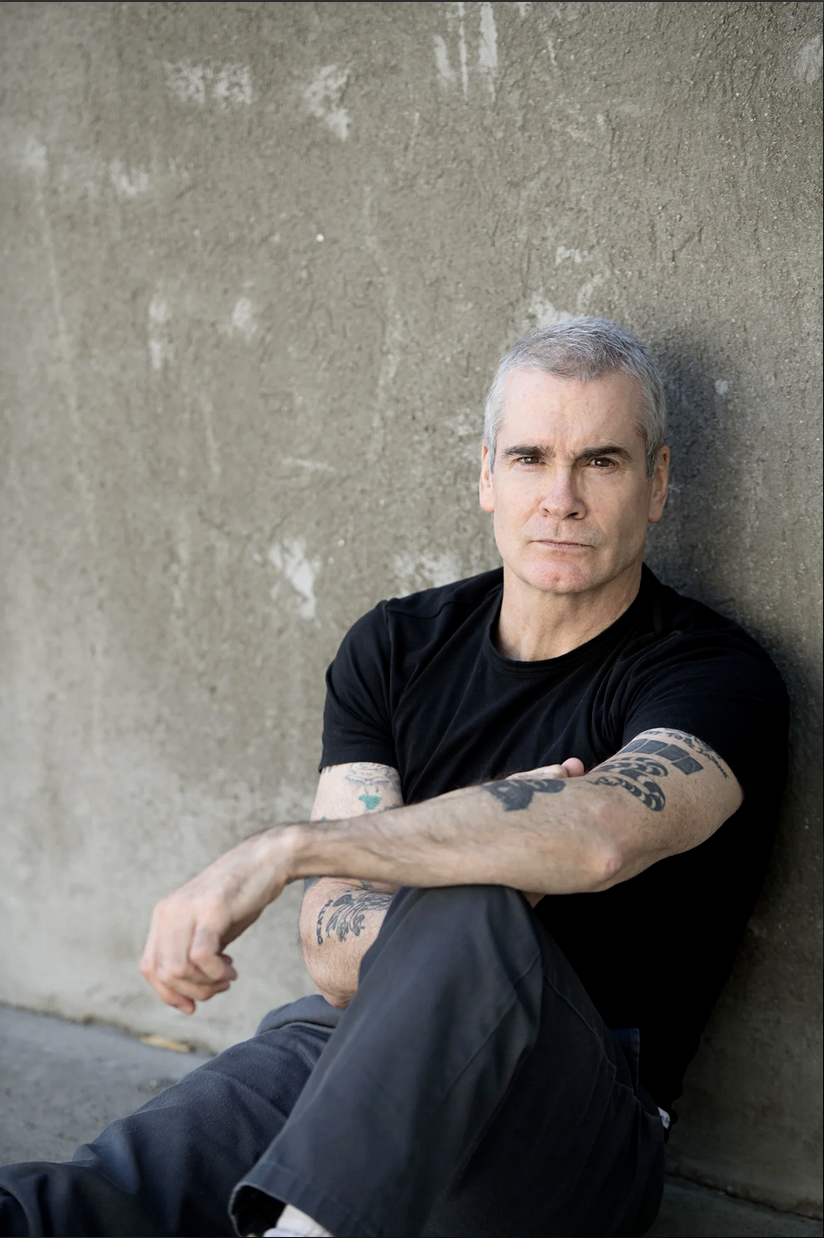Chapter III: The Medium Is The Mass Surveillance
 An Amazon Alexa-enabled device.
An Amazon Alexa-enabled device.
In March 2018, a whistleblower told Observer newspapers that UK-based political consulting firm Cambridge Analytica had harvested over 50 million Facebook profiles in a breach of data and privacy. Christopher Wylie who worked with an academic at Cambridge University to gather the data said “We exploited Facebook to harvest millions of people’s profiles,” Wylie told the Observer. “[We] built models to exploit what we knew about them and target their inner demons. That was the basis the entire company was built on.”
The data was collected through an app called thisisyourdigitallife, posing as an online personality test. Exploiting various weaknesses in Facebook’s application programming interface (API), it collected profile information not only from those who authorised the app, but their friends and their friend’s friends.
The information was used to target American users during the 2016 United States Presidential Election and the 2016 UK Referendum on the question of remaining or leaving the European Union.
At least Cambridge Analytica had the courtesy to allow users to opt in. The invasive XKeyscore and Boundless Informant programs used by the NSA to collect signals intelligence and conduct mass surveillance on US and foreign citizens afforded users no such luxury.
As mentioned earlier, Facebook and other social media do not sell products or services directly but facilitate a platform for marketers and advertisers to do so. The well-worn aphorism “the product they are selling is you” is a misnomer. If we take the semanticist Korzybski’s maxim to heart – the word is not the thing – they are not selling you specifically, but a 1 to 1 simulacrum that extends beyond your own consciousness. Human consciousness is also tempered by human unconsciousness; we forget, misplace information, and have moments of complete unawareness of our own behaviours.
Computers don’t.
A computer has perfect memory, perfect algorithms, perfect recall. It can know you better than you know yourself. Thus we, as humans, employ computers to learn more about our habits, wishes, frustrations, and desires. This is not ill or good in and of itself but can be used by humans in either fashion.
If we are also being programmed, we are also being labelled, sorted, objectified, and tabulated. Facebook and its ilk have shifted human consciousness into accepting computers as a wholesale extension of our senses. For instance, it has become acceptable for activists to comb through large data sets such as Twitter feeds for politically incorrect comments; In December 2018, US entertainer and comedian Kevin Hart was ousted from his position as host of the 2019 Academy Awards due to making anti-gay slurs on his Twitter between 2009 and 2011.
Where as a human being may struggle to remember specific comments uttered by anyone almost a decade prior, computers enhance our collective memories by providing a library of instant storage and retrieval of anything and everything we have said or posted online. This leads to another aphorism: this is a feature, not a bug.
It is possible that the original founders of Facebook, Mark Zuckerberg and Eduardo Severin, had no intention to create a mass surveillance medium the likes of which the world has never seen. According to after-the-fact reports, Zuckerberg created “FaceMash” in his Harvard University dorm room as an application to rate the relative attractiveness of girls on campus in 2003. It was later renamed “the Facebook” then simply “Facebook” in 2006. The original app was limited to colleges in Boston, then expanded to all university-level institutions, and eventually, all people with a valid email address (and over the age of 13) in September 2006.
Facebook exploited our desire for convenience and want for human interaction. People could add “friends” to their Facebook and share their opinions, photos, videos, and other content with one another. They could also join in on games. They could express their desires by an “opt-in” – the Facebook “like” button. “Liking” topics or webpages built up a profile of your preferences and interests; albeit manually. As of 2019, this is achieved via machine learning and artificial intelligence.
Facebook acquired photo sharing app Instagram in 2012; instant message service WhatsApp in 2014. It launched its own proprietary messaging platform, Messenger, in 2015. According to the End User Licence Agreements, Facebook could use these applications on your phone to harvest data about your habits, including your location. In 2016, Facebook strenuously denied eavesdropping on conversations, using one’s smartphone camera or microphone to pick up vision or audio. Facebook has spent millions of dollars on PR to counteract these claims, saying that advertising that pops up in feeds is a result of “frequency bias” or just plain coincidence.
It was confirmed in April 2019 by Bloomberg that human technicians in the employ of Amazon listen to voice searches and other audio picked up from Alexa-enabled devices. This mix of contractors and employees based around the world are tasked with refining the voice search algorithm to produce better results. However, the nature of the medium is to have an “ear” out for keywords and phrases at all times. According to the article,
“Sometimes they [employees] hear recordings they find upsetting, or possibly criminal. Two of the workers said they picked up what they believe was a sexual assault. When something like that happens, they may share the experience in the internal chat room as a way of relieving stress. Amazon says it has procedures in place for workers to follow when they hear something distressing, but two Romania-based employees said that, after requesting guidance for such cases, they were told it wasn’t Amazon’s job to interfere.”
The media we consume and produce for is the mass surveillance; the Faustian bargain we’ve made with technology is coming back to haunt us in myriad ways. Mass surveillance by private entities is chilling enough; however, the panopticon effect of moral busybodies and invective-slinging do-gooders has also cost people their livelihoods. This public shaming by internet mob was made most famous in 2013, when corporate communication director Justine Sacco tweeted just as she departed for Cape Town: “Going to Africa. Hope I don’t get AIDS. Just kidding. I’m white!” A joke in poor taste; it nevertheless was the Number 1 worldwide trending topic on Twitter, creating a storm of controversy before Ms. Sacco had even stepped off the plane.
Because of these interconnections both public and private, the mass surveillance nature of media is inescapable. The mass surveillance is having a profound effect on the way we parse language and the meaning of that language; and breaks down the tacit disconnect between language as action and language as thought in action. Nuance is impossible, tribal and identitarian sentiments are rising. We are analogue people, being programmed to think in binary ways.



